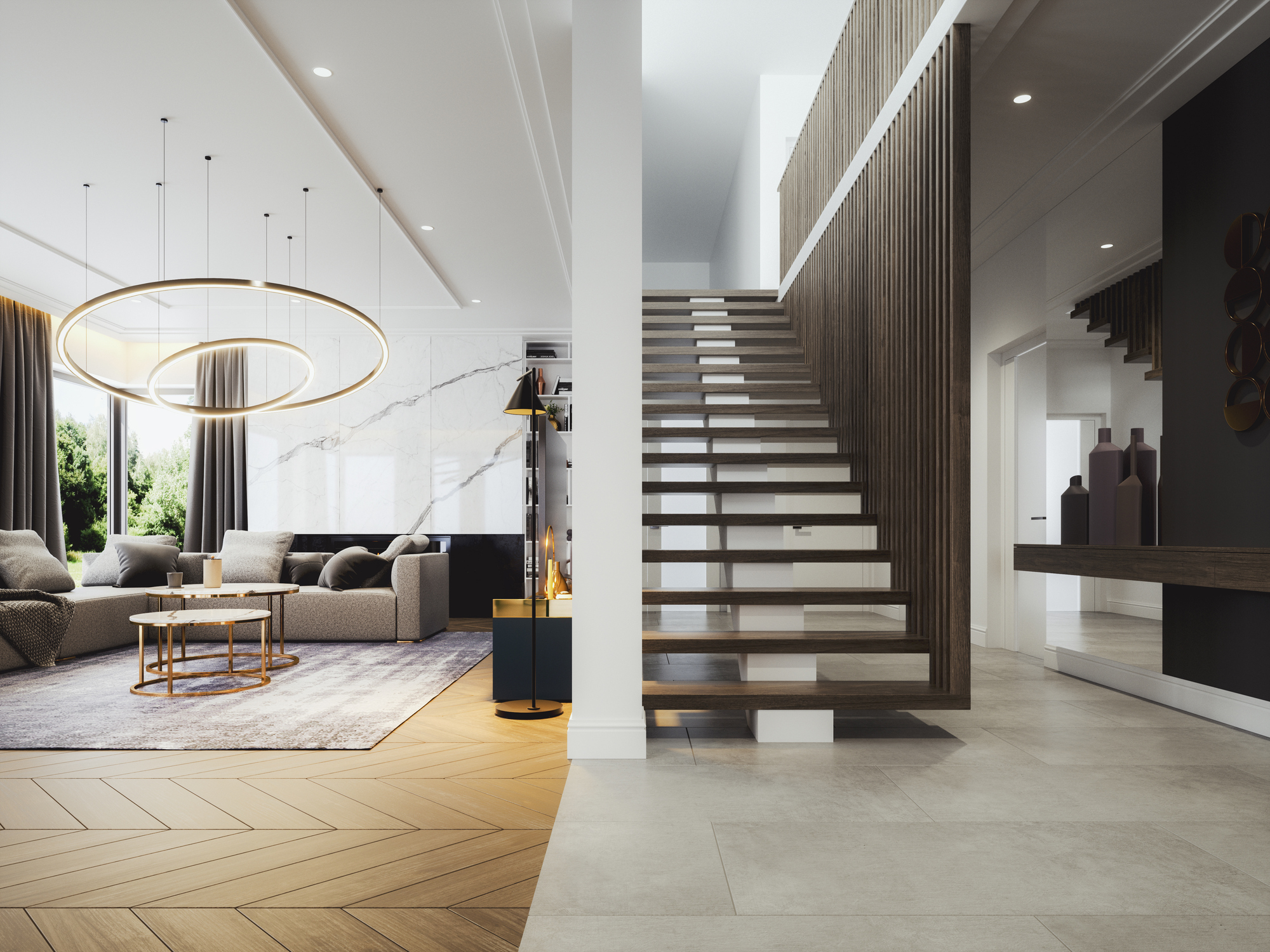The Ground Beneath Our Feet: A Comprehensive Guide to Modern house Flooring
The floor is the foundation of a home‘s interior design, a canvas upon which life unfolds. More than just a functional surface, it dictates the atmosphere, influences the perceived size of a room, and contributes significantly to the overall aesthetic. In the modern home, flooring choices are as diverse as the personalities inhabiting them, reflecting a blend of style, practicality, and sustainability. This comprehensive guide explores the multifaceted world of modern house flooring, delving into materials, trends, and considerations for creating a truly exceptional foundation.
Modern design embraces authenticity, and natural materials are leading the charge in flooring. Their inherent beauty and unique characteristics bring warmth and character to contemporary spaces.

Hardwood: Timeless Elegance and Enduring Appeal
Hardwood flooring remains a classic choice, offering a timeless elegance that complements any style. From the rich, dark tones of walnut to the light, airy feel of oak, hardwood provides a sense of warmth and natural beauty.
Solid Hardwood: Crafted from single pieces of wood, solid hardwood boasts exceptional durability and can be sanded and refinished multiple times, ensuring a lifetime of beauty. However, it’s susceptible to moisture and temperature fluctuations, making it less suitable for bathrooms and basements.
Stone: Natural Luxury and Durability

Stone flooring, including marble, granite, slate, and travertine, exudes a sense of luxury and sophistication. Its natural variations in color and texture create a unique and visually appealing surface.
Marble: Known for its elegant veining and polished finish, marble adds a touch of opulence to any space. However, it’s susceptible to scratches and stains and requires regular maintenance.
Cork: Sustainable Comfort and Acoustic Benefits
Cork flooring is a sustainable and eco-friendly option that offers exceptional comfort and acoustic properties. Its natural elasticity provides a soft and warm surface underfoot, making it ideal for bedrooms and playrooms.
Benefits: Cork is naturally hypoallergenic, antimicrobial, and resistant to mold and mildew. It also provides excellent sound insulation, reducing noise transmission between floors.
Engineered flooring options offer a blend of practicality, affordability, and versatility, making them ideal for modern homes seeking a balance between style and functionality.
Luxury Vinyl Plank (LVP): Durable and Water-Resistant
LVP flooring has gained immense popularity due to its exceptional durability, water resistance, and realistic wood and stone visuals. It’s a cost-effective alternative to natural materials, suitable for any room in the house, including bathrooms and kitchens.
Benefits: LVP is easy to install, maintain, and clean. It’s resistant to scratches, dents, and stains, making it ideal for high-traffic areas and homes with pets and children.
Laminate: Affordable and Easy to Maintain
Laminate flooring provides a budget-friendly option with a wide range of styles and finishes. Its durable wear layer resists scratches and stains, making it suitable for active households.
Modern flooring trends reflect a shift towards minimalist aesthetics, natural textures, and sustainable practices.
Large-Format Tiles: Seamless Elegance and Spaciousness
Large-format tiles, particularly in porcelain and ceramic, are gaining popularity for their seamless appearance and ability to create a sense of spaciousness. They minimize grout lines, resulting in a clean and contemporary aesthetic.
Wide Plank Hardwood: Emphasizing Natural Grain and Texture
Wide plank hardwood flooring, with planks ranging from 5 to 10 inches wide, showcases the natural beauty of wood grain and texture. It creates a more expansive and luxurious feel compared to traditional narrow planks.
Herringbone and Chevron Patterns: Adding Visual Interest
Herringbone and chevron patterns add a touch of sophistication and visual interest to any space. These intricate patterns can be achieved with hardwood, tile, or LVP, creating a focal point in a room.
Concrete: Industrial Chic and Modern Versatility
Polished concrete flooring has emerged as a stylish and durable option for modern homes. Its minimalist aesthetic and industrial chic appeal make it suitable for lofts, contemporary homes, and commercial spaces.
Sustainability and Eco-Friendly Options.
There is an increasing intrest in sustainable and eco friendly flooring. Bamboo, and recycled flooring options are gaining in popularity.
Selecting the perfect flooring for your home requires careful consideration of various factors, including lifestyle, budget, and design preferences.
Lifestyle and Traffic:
Consider the level of traffic in each area of your home. High-traffic areas like entryways and kitchens require durable and stain-resistant flooring, while bedrooms and living rooms can accommodate softer and more comfortable options.
Budget:
Flooring costs vary widely, from affordable laminate to luxurious natural stone. Establish a budget before you begin your search to narrow down your options.
Design Preferences:
Consider your overall design aesthetic and choose flooring that complements your furniture, decor, and personal style.
Maintenance:
Different flooring materials require different levels of maintenance. Consider your time and willingness to clean and maintain your floors.
Moisture Resistance:
In areas prone to moisture, such as bathrooms and kitchens, choose water-resistant flooring options like LVP, tile, or engineered hardwood.
Choosing the perfect flooring is an essential step in creating a beautiful and functional home. By understanding the diverse range of materials, trends, and considerations, you can make an informed decision that enhances your living space and reflects your unique style.



